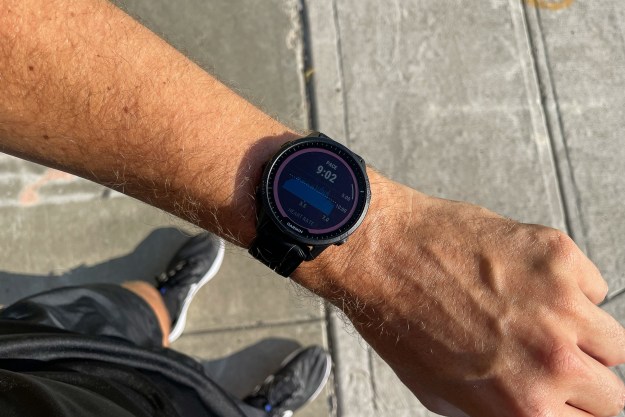The technology in this tiny device is huge, consisting of a “single channel electronically extended 4.5 Hz geophone with an 18-bit digitizer sampled at 50 samples per second.” So what does that mean? Basically, the Shake can record earthquakes of a magnitude 2 or higher within a 50 mile radius, and a magnitude 4 or higher in a 300 mile radius. And if there’s a serious quake further away, the Raspberry Shake will be able to pick up those waves as well, but “will miss some of the subtleties.”
And the Shake has now almost completed its Kickstarter campaign. After several weeks of pledges rolling in, the little seismograph that could has brought in almost $82,000 — close to 12 times its original goal. There’s still a few hours left if you want to pledge your support for the device — and at the time of writing, there’s even one Early Bird model left — but you’ll have to be quick.
But perhaps you need convincing? The shake is quite a clever, if simple, little device. As per the team’s Kickstarter page, the main sensor is a geophone, which effectively acts as a microphone for Earth’s vibrations. The geophone is about the size of a salt shaker and contains a coil that moves in relation to a magnet, creating a small current. This current is subsequently amplified by “some ultra-quiet state-of-the-art op amps.” The amplified signal is then digitized, and this data is shipped to an ARM processor, and finally, to the Raspberry Pi.
Your Raspberry Pi takes the data, storing it in a seismic industry format, then sends the information to your smartphone or computer. The combination of these components, the Shake team explains, comprises a seismograph.
Of course, having a Raspberry Pi already makes this device ready to go out of the box, but don’t fret if you don’t have one yet because there is a pledge level that includes the whole thing — just expect to spend a little more for it.
Since it’s Pi-capable, it can be turned into all sorts of things. While the developers certainly planned the hardware to be capable of detecting earthquakes, it can theoretically track anything that creates vibrations. It could potentially act as an overkill pedometer, or perhaps detect people approaching from a distance.
As with any Pi project, it’s down to you to imagine and implement it.
If you do want one of these for yourself, they’re available for the next few hours, starting at $49 on Kickstarter.


